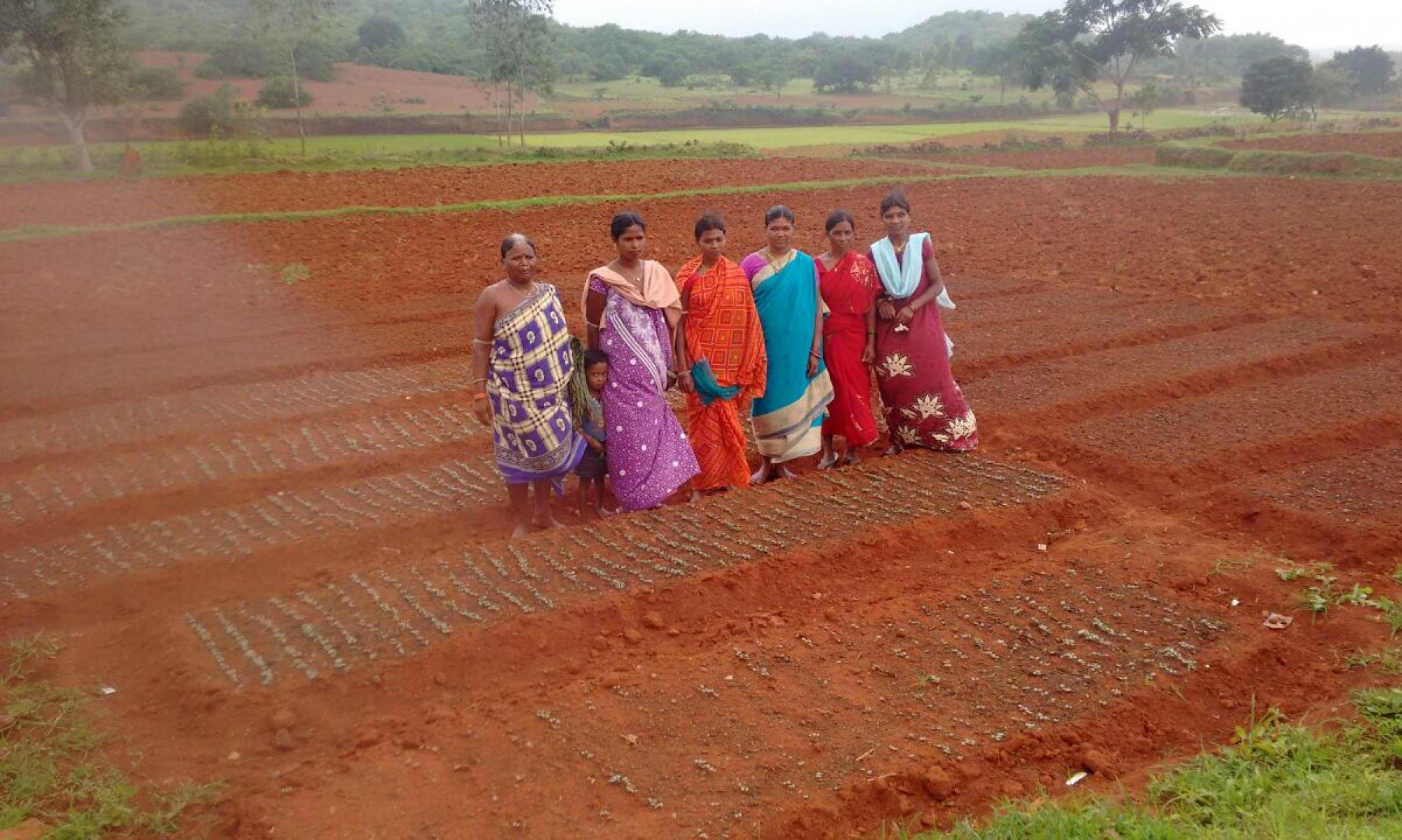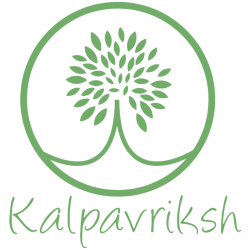KALPAVRIKSH is anchoring Cluster level Livelihoods Resource Centre at PHULBANI in the KANDHAMAL District. The centre started its activities on JULY10th 2009, as part of the up scaling of JEEBIKA approaches in promoting livelihoods of the rural poor.
Efforts are going on at CLRC to converge various initiatives under such mainstream developmental programs to promote livelihoods and capacity building action plans are accordingly taken up.
The Centre is professionally managed, training and information dissemination facility to satisfy the demand for livelihood support. Building on the nearly an decade of experience in capacity building programes of various stakeholders, CLRC-KALPAVRIKSH is ingoing the livelihoods promotion sector as a “best practice” development organization providing capacity building services to primary & secondary stakeholders – organizations that provide direct services to the poor.
The CLRC would be a livelihood prop up hub and provide an assortment of services to diverse primary & secondary stakeholders: capacity building services on all aspects of livelihoods, module and materials development and linkages to other institutions.
The mission of the CLRC is to build capacities of primary & secondary stakeholders with a focus on enhancing agricultural productivity, reducing risk, promote income generation activities and skill development to result in increased incomes and savings at the household level. Through the CLRC services, the quality of the lives of the poor would be improved through the development of more sustainable livelihoods.
The demand for the CLRC can be viewed in terms of the growth of the self-help movement. The support of livelihoods, coupled with other services like Livelihood Connection Centre Microfinance, EDP, and Insurance is seen to be vitally important in achieving poverty reduction. As result, various support organizations are focusing on providing technical direction to the poor.
The CLRC-KALPAVRIKSH aims to support this need by becoming a capacity building centre whereby these support organizations can be briefed on conceptual areas of livelihood analysis and technical areas of various livelihoods in a particular area.The operating costs would be covered through a combination of service fees and donor grants.
The learning experiences from the projects will be used to model livelihood resource centres in across ORISSA. KALPAVRIKSH is uniquely positioned to establish and operate the CLRC because of its experiences in capacity building and strong leadership in the poverty reduction sector.
There is well planned training infrastructure in the centre. It consists of a training hall with an accommodation facility for 40 participants. Separate accommodation facilities are in place for men and women. The available technical equipment include moderation boards, OH projector, Slide Projector, Hi end speaker systems, LCD, Computer, Digital Camera with back up electricity facility of 2 KV Generator. A well equipped library is in place with lot of resource material: posters, flip charts, wall magazines, facilitation charts, slides and video films etc.
Pool of Resource Persons:
To deliver the capacity building inputs, a pool of 60 resource persons (PRPs) is available to the CLRC. These resource persons have expertise in themes like group building, Watershed, Land Development, System of Rice Intensification, Livestock, Fisheries, NPM and Gender etc. These PRPs are categorized at 3 levels; District, Block and Community basing upon the target group to which the trainings are catered. They are being paid honorarium on the basis of the services rendered. These payments are inbuilt in the cost norms of the CLRC.

